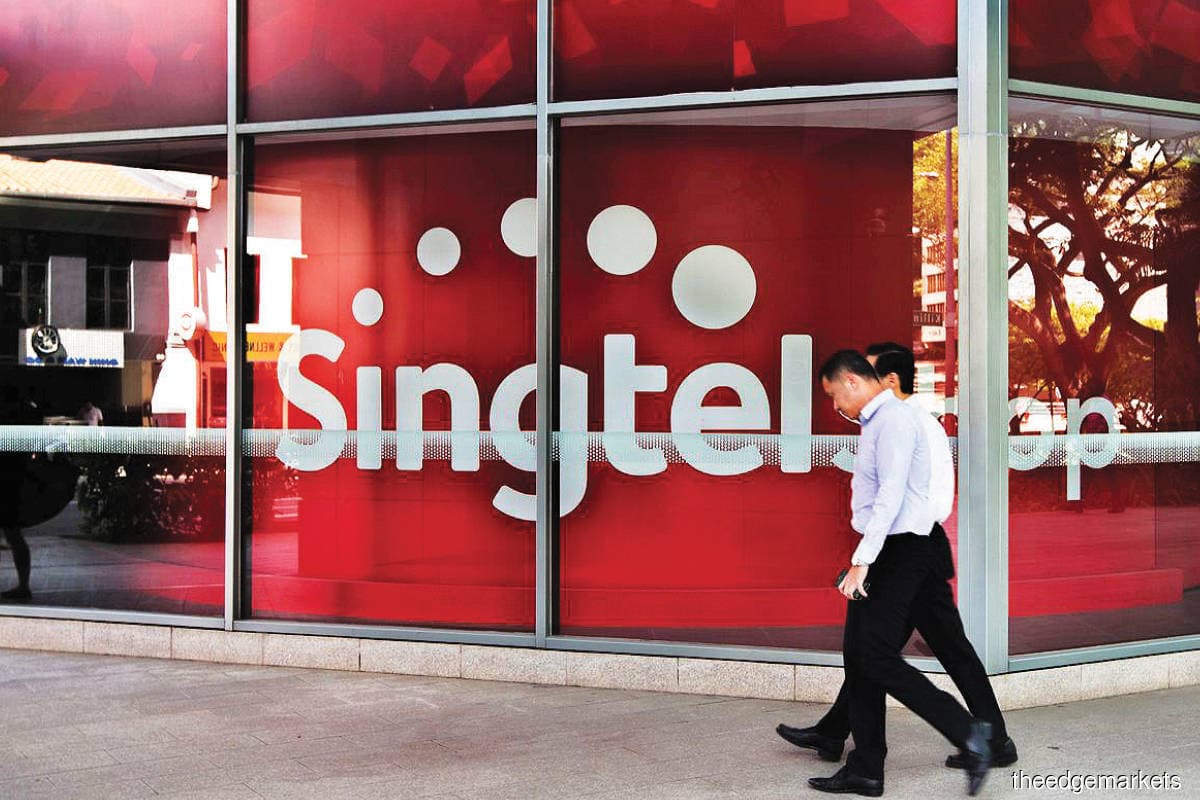
This article first appeared in The Edge Malaysia Weekly on May 9, 2022 - May 15, 2022
IT will take at least a year or two before Malaysians get to see how these digital banks will shape up and the offers to be rolled out.
Take, for example, our neighbour across the Causeway, Singapore, which awarded four digital bank licences to applicants in December 2020. Two were what Singapore calls “digital full bank” (DFB) licences, and the other two were “digital wholesale bank” (DWB) licences.
It is only now that these banks are set to launch their offerings.
A consortium comprising Grab Holdings Inc and Singapore Telecommunications won one of the two DFB licences, with the other going to Sea Ltd.
Of the DWB licences, one went to a consortium comprising Greenland Financial Holdings Group Ltd, Linklogis Hong Kong Ltd and Beijing Co-operative Equity Investment Fund Management Co Ltd, while the other went to Ant Group Co Ltd.
As enticing as the potential of digital banks may be, what is worth noting is that most globally have yet to turn profitable.
According to research by BCG Consulting on digital banking published on Aug 23, 2021, only 5%, or 13 out of 249 digital banks worldwide, are profitable.
One notable example of a top digital bank is Brazil’s Nubank, which was founded in 2013 with seed capital of US$2 million. It launched its first product — a no-fee credit card — slightly over a year after that and subsequently introduced a digital savings account. As at end-2021, Nubank had amassed a total of 53.9 million customers in the consumer and SME space, of which 41.1 million customers are active.
However, despite its massive customer numbers, Nubank, which succeeded in getting dual-listed via its initial public offering in December 2021, has yet to turn profitable. For the financial year ended Dec 31, 2021 (FY2021), the bank’s revenue reached US$1.7 billion, representing 138% growth from the previous year. However, it still incurred a loss of US$165.3 million.
Meanwhile, another recently listed digital bank, based in Asia, managed to turn profitable within two years of its operation: South Korea’s KakaoBank — the first online-only bank in Asia to become publicly listed in 2021.
It has a shorter history than Nubank, as it was only established in 2016 after being awarded an online banking licence by the South Korean government. Launched in July 2017, KakaoBank was formed by the group behind the dominant KakaoTalk messaging app and saw swift success right from the start.
The retail bank, whose products are mainly unsecured loans such as personal loans and overdrafts, reportedly attracted more than 300,000 subscribers in the first 24 hours after its launch. And within two weeks, it managed to sign up more than two million customers, accumulate KRW1 trillion in savings and provide KRW770 billion in loans.
As at end-August 2021, KakaoBank’s customer base had exceeded 17 million. What is worth nothing is that it turned profitable within a shorter time than many had expected.
It reported its maiden profit in the first quarter of FY2019, registering a net profit of KWR6.6 billion. By the end of FY2021, it recorded an annual net profit of KWR204.12 billion.
While countries like South Korea, Japan and China got in pretty early into the digital banking game, Asia’s financial hub of Hong Kong appears to be a laggard. The special administrative region of China only started issuing digital bank licences in 2019.
The first three licences went to Livi Bank (a joint venture between the Bank of China [Hong Kong], JD Digits and Jardines); Mox Bank Ltd (comprising Standard Chartered, PCCW, HKT and Trip.com); and ZA Bank (a partnership between ZhongAn Online P&C Insurance and Sinolink Group).
The Hong Kong Monetary Authority (HKMA) then awarded another five digital banking licences, bringing the total number of digital banks in the financial hub to eight.
The eight virtual banks had a total of 1.1 million accounts by the end of 2021, while their total deposits amounted to HK$24 billion — a fraction of the total in Hong Kong’s banking system, according to the HKMA.
All eight banks are still a long way from profitability, with leaders ZA Bank and Mox Bank forecasting that they will break even only in 2024.
Save by subscribing to us for your print and/or digital copy.
P/S: The Edge is also available on Apple's AppStore and Androids' Google Play.